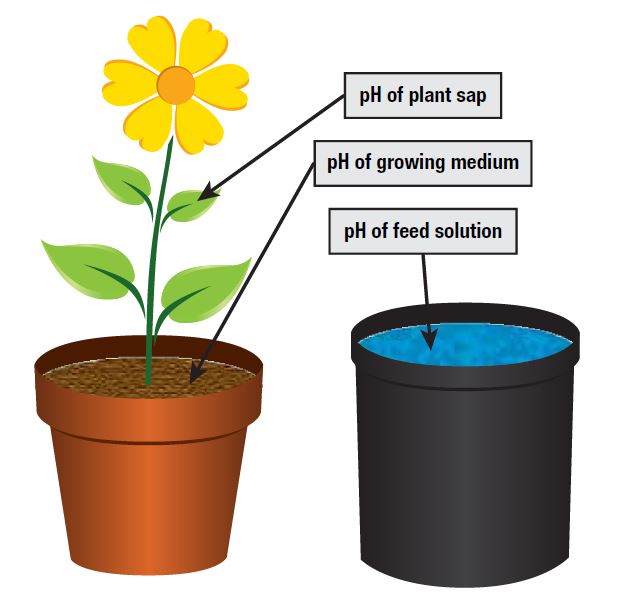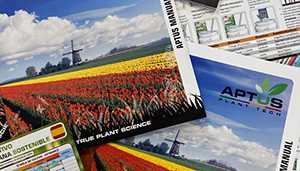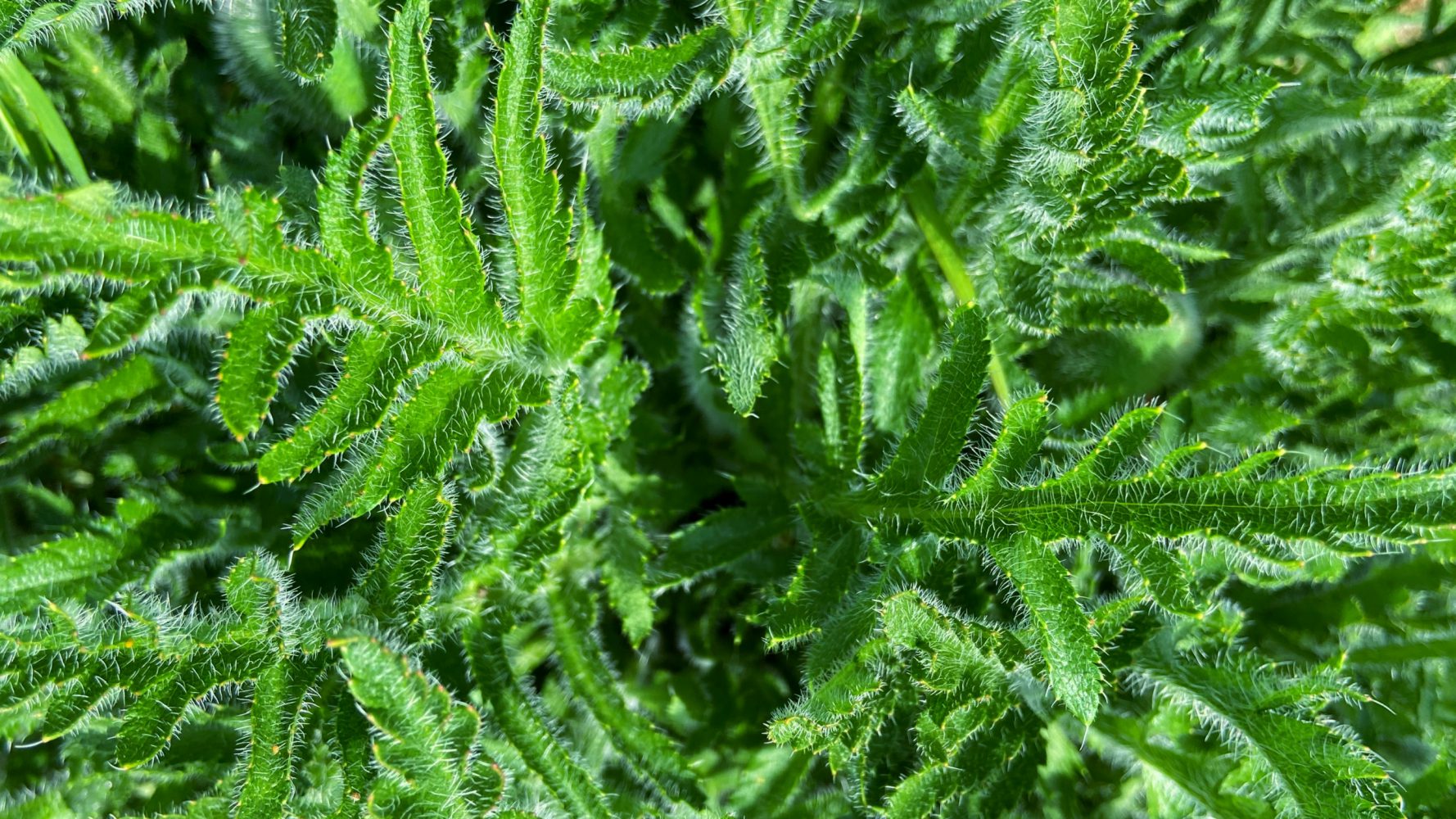The Health Factor – pH
We all know pH is an important measurement for any fertilizer input. Most of us also know that the pH of the medium is a big factor in the availability and absorption of nutrients. What only few understand is the importance of the pH of the plant itself, so that’s what this article is all about!
When a homeopathic doctor takes a blood sample, one of the first things they test is your pH. You can also check your pH (from urine or saliva) with litmus paper or a pH meter. Your body’s pH level is a key indicator of your general health. Low pH (acid) is a direct invitation for diseases and pathogens. Higher pH allows your body to resist these attacks naturally.
Plants are living biological system like us, and the same rules apply here. For example, if a plant’s infected with powdery mildew (a systemic fungal infection), it’s guaranteed to have a low plant sap pH (<5). The good news is, if we raise the pH, powdery mildew will not appear. That’s because the plant will send a different signal that will not attract fungi. (Missed our article on plant signals? Click here to read it!)

HOW TO RAISE PLANT SAP PH?
There are lots of products that treat mold problems, like potassium bicarbonate and sulfur burners for example. All they do is raise the pH of the leaf surface, killing fungal spores and preventing them from surviving. Unfortunately, these are topical treatments, and some pathogens, like powdery mildew, get inside the plant and resist these treatments. The only way to combat these kinds of systemic diseases is with a toxic, chemical treatment OR by fixing the plant’s insides. Raising plant sap pH is the goal for this.
One important note: It’s much more difficult to raise a plant’s pH if it’s already infected. This is especially true with short-cycle crops. Once a plant is sick or under attack with only a few weeks left until harvest, you probably won’t cure the problem. At this point, you can only treat the symptom.
Another big hurdle in raising internal plant sap pH in already infected plants is that most infections and pathogens exude acidic compounds that continually lower the pH. If you’re in a situation where you’re plants are already infected, topical treatments may be required. But remember that chemical applications further stress the plant and invite more problems, so proceed with caution.
The best approach is to keep a plant healthy from the start. This creates an environment that naturally resists the attacks from the beginning.
Calcium and magnesium are some of the tools to raise plant sap pH. They have alkalizing effects on a nutrient solution (raising pH). Because calcium is an immobile nutrient and tends to lock up in the soil, deficiencies are common. Magnesium is often deficient because of the antagonistic effect of potassium. (Not sure what nutrient antagonism is? Click here!)
You can optimize calcium and magnesium uptake with L-amino acids and silicic acid. This will raise and stabilize the pH.
Remember that these fungi and pests are attracted to plants because of their low pH and Brix, or because they are unhealthy in some other way. If growers can raise these two important factors, most of their problems with pests and diseases will be eliminated. Plus, the healthier plants will produce more, and at a higher quality. (Read more about Brix here!)
Proper mineralization is the key. Getting more nutrients in proper form into the plant tissue from the very early stages of growth ensures overall health. The Aptus Approach focusses on increasing the health of the plant from early stages through proper balanced nutrition and increased bioavailability.
Understand that this doesn’t mean feed more and more of certain ‘good things’. Proper form, bioavailability, and timing are more important than simply quantity.
Remember that the rainforest doesn’t use chemicals and treatments to fight off pests. And yet it continues to thrive without our help. That’s because the occasional sick plant is removed with the help of the decomposing pests and the strong naturally resist. Apply this mindset to your growing environment and many of your pest problems will go away.





